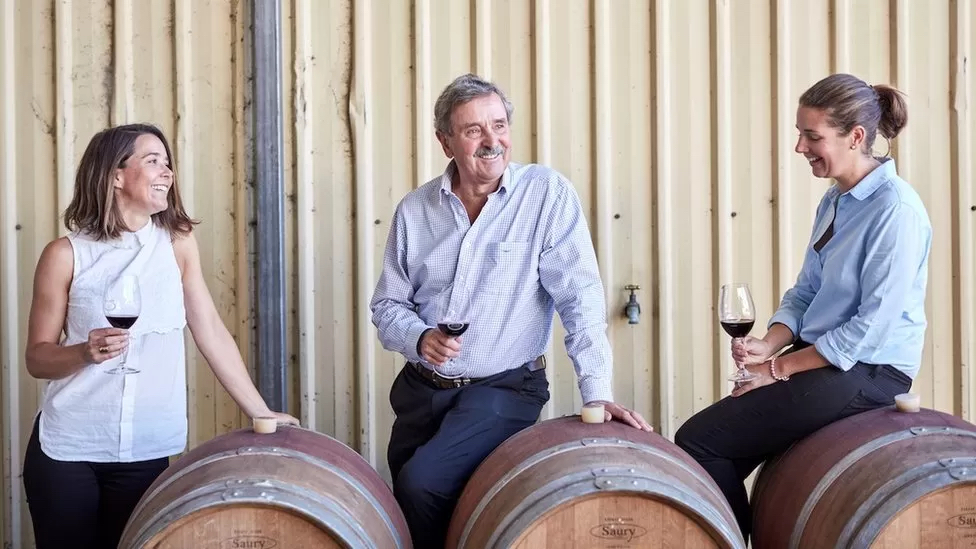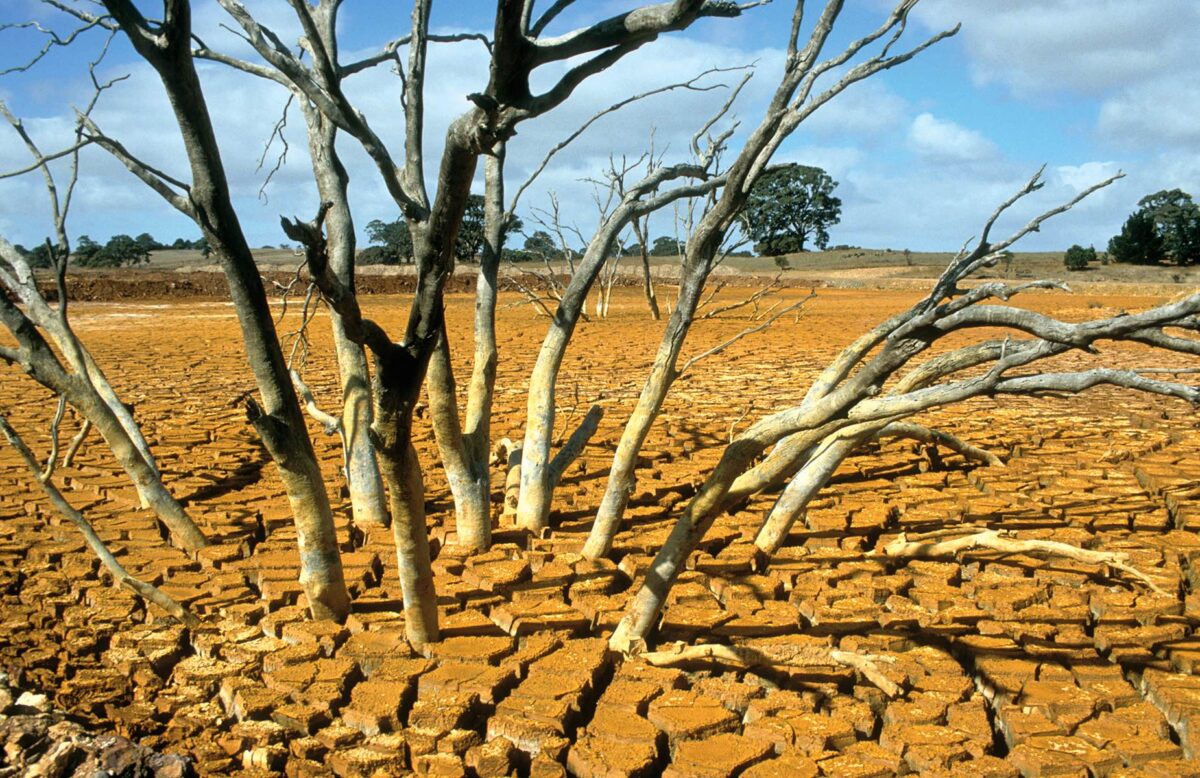
It's not exactly breaking news that climate change is coming and that it's set to impact every aspect of our lives. One relatively unexamined area, however, is how it could affect the wine industry. Armchair sommeliers, brace yourselves, it's not great news...
Australian wine is a wonderful thing. One of the nation's proudest and most prosperous industries, its methods have even been taken up by its competitors overseas, seen as the gold standard in how to make those grapes taste good.
Unfortunately, as with so many industries and ways of life, it is now facing a looming crisis due to the impact of climate change. Warming days, declining rainfall, and frequent drought have all become major threats to the country's wine production.
This is highlighted in the story of the Brown family, who have watched their vineyards almost go up in flames three times in recent years due to bushfires. Speaking to the BBC, Caroline Brown, a fifth-generation winemaker, admits that climate change has become their "biggest threat."
WATCH: Learn how to properly enjoy Australian wine, whilst it's still around...
Australia is the fifth-largest wine exporter globally, and its wine regions are some of the most diverse and sought-after in the world. However, the industry is on the front lines when it comes to climate change. Ashley Ratcliff, a vineyard owner in South Australia's Riverland region, recounts a year when they received only 90mm of rain – ten times less than the annual average for the famous French wine region of Bordeaux.
Ratcliff's vineyards are already located in one of the hottest and driest wine regions globally, and things are only set to get worse. According to modelling by Australian researchers, the Riverland region will be about 1.3 degrees hotter in the next 20 years, with a corresponding drop in rainfall.
As well as bringing on a slew of extreme weather events, which are already becoming commonplace in Australia, rising heat affects the speed at which grapes ripen, their sugar and acidity levels, and ultimately, the flavour and quality of the wine... If the crop survives at all.
 Caroline Brown (left) with her family of growers. Image: Brown Family Wine Group
Caroline Brown (left) with her family of growers. Image: Brown Family Wine Group
All of these factors make growing certain types of wine grapes in Australia more challenging, particularly those suited to cooler climates like Sauvignon Blanc, Chardonnay, and Pinot Noir. As a result, many vineyard owners have started planting alternative varieties that are more suited to warmer climes.
Despite the challenges, some vineyard owners are still optimistic about their chances of survival. Hayley Purbrick, from Tahbilk Winery, acknowledges the confronting climate modelling but believes that it's possible to create a climate where grapes can grow.
Her family's vineyards in the Goulburn Valley incorporate as much shade and as many "natural coolants" as possible. They're planted on the edge of wetlands and are surrounded by 160 hectares of trees. They've also slashed their carbon emissions to net zero, using solar power, heat-reflective paint, and waste reduction.
 Droughts, such as the one caused by El Nino (above), are one of the main challenges facing growers. Image: John Coppi
Droughts, such as the one caused by El Nino (above), are one of the main challenges facing growers. Image: John Coppi
However, adaptation and mitigation can only take growers so far. On the current trajectory, the whole of Australia is set to get warmer and drier. Even a small increase in average temperature can have catastrophic effects, increasing the frequency of extremely hot days tenfold or more...
Brown speaks on behalf of much of Australia's growing community when she says that "If we don't look after where we're growing grapes, we're not going to have any way to plant them". Despite this, she believes that Australia will always be able to grow a small selection of wines, but they "just might not taste as good".
I, for one, am a sucker for a good Chardonnay, so this all comes as a rather crushing blow. If I needed a sign to kick my recycling game up a gear and invest in an electric car, this was it... I hope you all feel the same.
The post Climate Change Is Destroying The Australian Wine Industry appeared first on DMARGE.
0 Commentaires